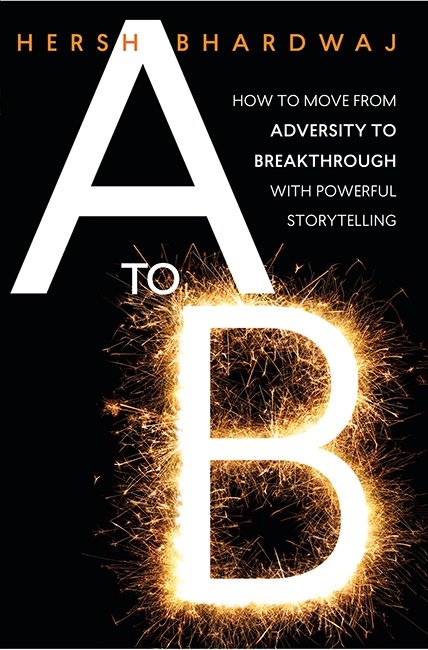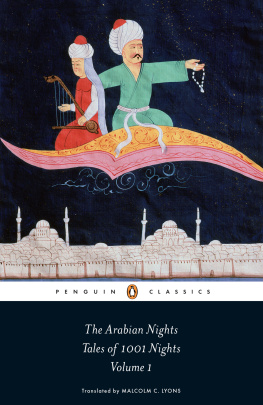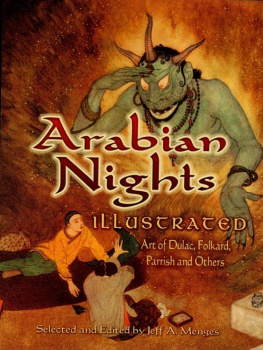Table of Contents


To my mother, Saroj Bhardwaj, and my father, R.S. Sharma
Contents
T he year 2008 has a significant role in the creation of this book. It was in September 2008 when I left the United Kingdom after spending six years studying and working all over England and Wales. It was only weeks before the first great recession of the twenty-first century would hit Europe unannounced. My company fired several employees and the news reached me before I could unpack the travel bags in my hometown back in India. Some of the most seemingly indispensable executives, including the managing director (MD), were shown the door in due course. That shocked me. This was not an isolated case of job loss and professional uncertainty in Europe. Several countries fell to their knees over the next few months, begging to be saved by the European Union. I am not even going to discuss the giant salvage of General Motors in the United States.
What was worse was the fact that economists didnt know what would stop the domino effect; some predicted a double-dip would resurface in the next four to five years. The prediction did come true in 2013 and the resultant impact on the Big Apple was so big that the entire government was shut down for days.
But 2008 was significant to understand a lot of whys and wherefores of the recession.
Traditional businesses were going out due to lack of credit, rising costs and a sudden drop in customers. On the other hand, the buying mood of every kind of customer from a high-street shopper to the government buyer was unstable and uncertain, to say the least. Even little money started to mean more. Crude oil barrel prices were rising. One could guess where the superpowers of the world were heading next in search of answers. The Middle East was one such destination. (In the coming months, Egypt, Libya, and Yemen saw civil riots, and NATO (North Atlantic Treaty Organization) forces started to set up bases in these oil-rich nations.)
What did all this mean to a marketing entrepreneur like me? I had been working on online technologies and, slowly but surely, was drifting towards a world that was being increasingly controlled by Google et al.
The One Billionth Website
The year 2008 marked a surge in new online businesses of all kinds. Evidently, an entrepreneurial evolution was underway.
The web followed Moores Law from 2008, and the total number of websites doubled every couple of years months thereafter, hitting the one-billion mark in September 2014 according to Netcraft. By 2018, there were 1.3 billion websites and 3.8 billion internet users globally the world now practically lived online.
Back in 2008, people had already started to get an inkling that an extra or even a full-time income from the internet was becoming a reality for two reasons. Firstly, the traditional way of earning wages was no longer working for a lot of people. Secondly, the internet had been growing steadily in the previous decade, making it the only silver lining in the recession-hit world. The world-wide web cannot murderously collapse like the corporate giants Lehman Brothers and Northern Rock.
Work from home, Fire your boss, Make money online became the most searched-for phrases online. A new generation of online entrepreneurs was working its way out of adversities to create breakthroughs.
People at both ends of the spectrum consumers as well as entrepreneurs/businesses jumped right in to leverage the power of the internet. Those who had only sold on eBay and Amazon occasionally until then, set up their own online stores. Businesses with online stores opened multiple web-channels and got talking on Twitter and Facebook. The frenzy took everyone in. People teaching others about making money off the internet became an industry of its own with its gurus, linchpins and scammers.
Doing business online seemed easier barriers to entry were low, there was less risk, no stock to manage, no running around for credit, a level-playing field, highly scalable, and the exit strategy didnt necessarily need a bankruptcy clause. To top it all, outsourcing still held true and the Third World labour force quickly trained itself for online assignments. A good idea can be executed faster than ever. These were good times! Or were they?
Doing business online was one area where there were no academically trained professionals. Even the worlds largest universities did not have full-time courses in preparing professionals for this. Most professionals were self-taught. We did not have Philip Kotlers and Michael Porters. Even modern management gurus, such as Peter Drucker, seemed ancient when you talked about e-business. One list of the top 30 internet millionaires has only 4 entries from 200112. This suggests that the industry is only 20 years in making. But the pace at which it is changing makes it tricky for people to document theories.
One-Billionth Mobile Device Entity: 2008, the Birth of Android
The year 2008 marked the priming of the web and the launch of the first ever Android smartphone (22 October 2008, HTC Dream). Its no coincidence that two of the biggest change makers Apple-iPhone (2007) and Android (2008) launched within twelve months of each other. The next few years would be significant. In 2013, 1 billion devices were running Android, the number growing at a pace of 1.5 million every month, and expected to reach 2.87 trillion by 2020.
An even more interesting event occurred in 2015 Apple announced the sale of their billionth mobile device with Apple IOS. The world that had taken a few decades to assemble at the web using PCs and laptops took a leap to handheld mobile devices that marked the beginning of a new era. The web provided a medium, a move away from brick and mortar, but the mobile device was the tool needed to leverage its true potential. If the PC made the web accessible to every household, mobile devices made it accessible to each individual at all times right in their pockets.
The actual smartphone revolution was initiated by Googles Android mobile platform. But the reason Apples feat is also remarkable is because their billionth sale proved their long-standing branding success. Android, with all due respect, was promoted world-over by all the major mobile phone makers. Apple did it all alone. Well discuss this in detail in the first chapter.
Apples and Androids success also has a lot to do with their sleepy competitors who belonged to the PC generation. Not to forget that the debt-ridden and cash-crunched world needed a fresh dose of ideas and innovation.
The Scope of This Book
The questions are manifold. How can the old and traditional way of doing business leverage upon the new and dynamic information-age to pave the way for the future?
How did the adversities of the first part of the twenty-first century push innovative entrepreneurs to create breakthroughs for their generation?
What happens when a twenty-year-old information-age bleeds into the centuries-old traditional way of doing business?.
How does one identify and master the strategies fit for the technology-driven information-age? How do you communicate with your target audience when there is so much noise and its being amplified every second?
Most importantly, do we need new tools and a new language to communicate with the new century?
Have we got enough data to understand trends and patterns? Do we require a different set of tools and formulas to master new-age businesses? Can we find a lowest common denominator between the two?













